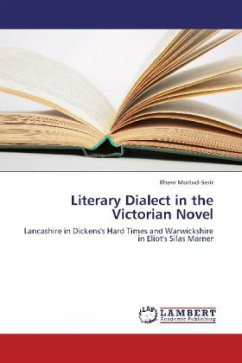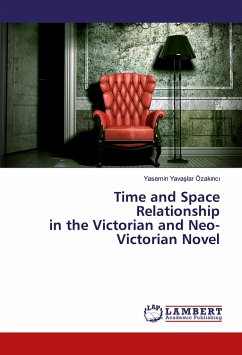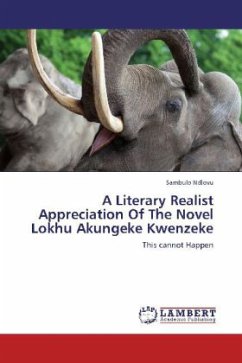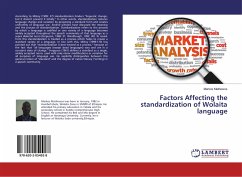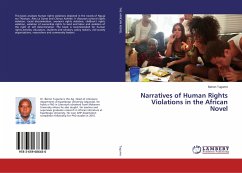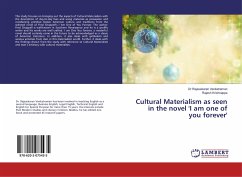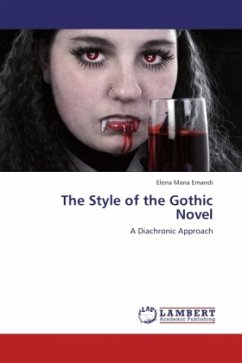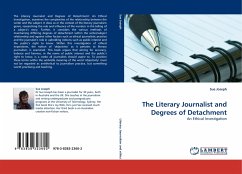This work is thrilling in the sense that it relates literature to linguistics,rhetorics to dialect and art to sociolinguistics; The very thrill in it is its adoption to the interdisciplinary approach that mingles between distinct disciplines keeping the supremacy of logic far away from distortion. Accordingly, the book's gist relates to rhetorical use of dialect in literature which has become an emergent phenomenon in different literatures endeavouring to situate a character within a geographical location, ethnic group, educational level, social class, and others. Further, dialectal variation has many rhetorical effects as to show humour, degree of intimacy, age of a generation, nostalgia, solidarity of group, and belonging to a community; but our worry, in this research, is to show how can a writer of the standard deal with literature a discipline highly humane and, in the meanwhile, embrace dialectal variations in objective ways; the dilemma is set between preserving the text written in standard language and, at the same time, breaking some of the norms in including a spelling that fits rather a character s identity, social background, and regional origins.
Bitte wählen Sie Ihr Anliegen aus.
Rechnungen
Retourenschein anfordern
Bestellstatus
Storno

